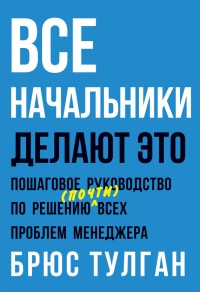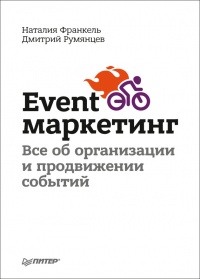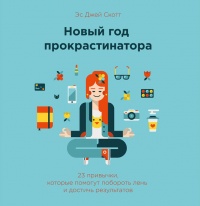Книга Стратегическая сессия. Как обеспечить появление прорывных идей и нестандартное решение проблем - Лиза Кэй Соломон
На нашем литературном портале можно бесплатно читать книгу Стратегическая сессия. Как обеспечить появление прорывных идей и нестандартное решение проблем - Лиза Кэй Соломон полная версия. Жанр: Книги / Домашняя. Онлайн библиотека дает возможность прочитать весь текст произведения на мобильном телефоне или десктопе даже без регистрации и СМС подтверждения на нашем сайте онлайн книг knizki.com.
Шрифт:
-
+
Интервал:
-
+
Закладка:
Сделать
Перейти на страницу:
Перейти на страницу:
Внимание!
Сайт сохраняет куки вашего браузера. Вы сможете в любой момент сделать закладку и продолжить прочтение книги «Стратегическая сессия. Как обеспечить появление прорывных идей и нестандартное решение проблем - Лиза Кэй Соломон», после закрытия браузера.
Книги схожие с книгой «Стратегическая сессия. Как обеспечить появление прорывных идей и нестандартное решение проблем - Лиза Кэй Соломон» от автора - Крис Эртел, Лиза Кэй Соломон:
Комментарии и отзывы (0) к книге "Стратегическая сессия. Как обеспечить появление прорывных идей и нестандартное решение проблем - Лиза Кэй Соломон"
























